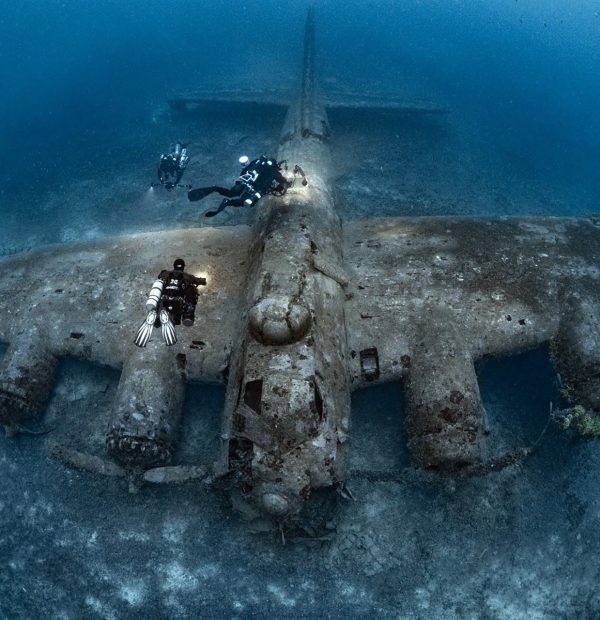Thursday, 16 May 2024
Menu

The Soviet vessel has been resting in the Barents Sea at a depth of 1,680 metres for 32 years. The Komsomolec sank in 1989 as a result of a fire. On Friday evening, the Russian research vessel Professor Molchanov appeared over the wreck. The expedition participants are tasked with taking samples, examining the Komsomolc’s condition and determining the level of danger.

For a long time the situation around the wreck of the submarine K-278 Komsomolec was calm. Unfortunately, in recent years the data has become much more disturbing. Reconnaissance carried out in 2019 near the wreck made it possible to establish that it emits very high levels of radiation.
A Norwegian-Russian expedition conducted at the time discovered a small radioactive leak from the wreck. It was caesium-137, which was leaking from some ventilation pipes. The leak confirmed what had been detected by previous expeditions, organised in 1998 and 2007.
On board the Professor Molchanov ship are radiation experts and scientists from Roshydromet, Russia’s main state agency for measuring radiation in the environment. The ongoing expedition will end on 5 June. Until then, scientists will collect samples of bottom sediments and water from various depths.
The K-278 has always been in the orbit of interest of researchers and the Russian authorities because of its dangerous payload. It is, of course, the PWR OK-650b-3 reactor and two WA-11 Szkwa supercavitating torpedoes with a nuclear warhead.
The Soviet submarine K-278 Komsomolec was a nuclear-powered submarine of project 685 codenamed “Plawnik”, introduced into service in 1984. In its time the ship was one of the most modern remaining in the service of the USSR. It sank on 7 April 1989 as a result of a fire. At that time 42 out of 69 crew members died, most of them (39) as a result of hypothermia while waiting for rescue.
Komsomolec is one of two nuclear-powered submarines that accidentally sank in Arctic waters. The other is an old November K-159 class submarine, lying on the bottom of the Barents Sea north of Murmansk. The ship sank while being towed from a naval base to a shipyard.
K-159 has two nuclear reactors and, in the long term, is believed to pose a greater environmental risk than Komsomolets because it lies at a much shallower depth of 246 metres. In addition, this is the location of one of the most important fishing grounds in the Barents Sea.
So far, however, tests carried out on the wreck and in its vicinity have not revealed any radioactive leaks.










Welcome to DIVERS24.COM, your daily source of scuba news, freediving, scuba diving information, and equipment reviews. Our comprehensive coverage of the dive industry from A to Z provides you with all the latest scuba news, training updates, underwater photography tips, and everything else related to scuba diving. Whether you’re a beginner or an experienced diver looking for more knowledge about scuba gear or techniques – we’ve got it covered! With our in-depth articles written by experienced divers who have been there and done that, you are sure to find exactly what you need here at Divers24.com. Dive into scuba news today!
Underwater Media Sp. z o.o.
Szafarnia 11/F8,
80-755 Gdansk, Poland
Welcome to DIVERS24.COM, your daily source of scuba news, freediving, and scuba diving information. Sign in for a weekly news update and discount coupons for dive gear and apparel.
@2023 - underwatermedia.pl. All Right Reserved. Designed and Developed by Tworzenie stron internetowych Gdansk

The Divers24 portal is currently the largest online medium treating diving in Poland. Since 2010 we have been providing interesting and important information from Poland and around the world on all forms of diving and related activities.
Contact us: info@divers24.com